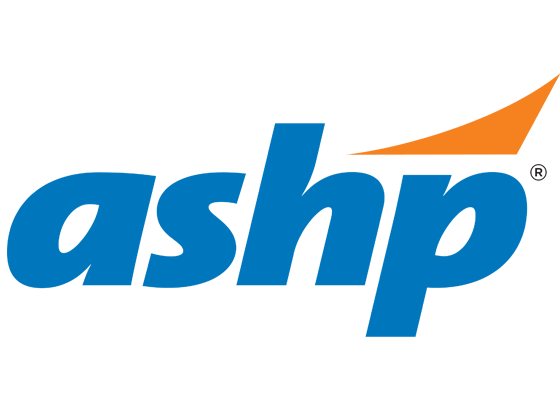Coordinate supply chain resilience and reliability efforts
Medicines supply chain resilience and reliability activities should be coordinated among federal agencies and non-governmental stakeholders. Coordination efforts should include the organization of multi-disciplinary efforts, defining measurable outcome metrics for implementation efforts, and strategic planning activities to maximize the utility of new programs and increase the impact of existing initiatives. Additionally, necessary authorities and sufficient funding should be allocated to lead these cross-cutting efforts to improve drug supply chain resilience and reliability.
Increase supply chain visibility
A critical need exists to invest in early warning capabilities that signal threats to and vulnerabilities within the pharmaceutical supply chain. Recent and ongoing shortages in oncology drugs have made clear that while data signals exist that can help predict upstream pharmaceutical supply chain risk, the data are not integrated in a way that can generate actionable insights to prevent or mitigate drug shortages.
Establish a vulnerable medicines list
A need exists to establish a vulnerable medicines list in the United States, as a complement to or a component of already established essential medicines lists, which factors in supply chain vulnerabilities. A vulnerable drugs list would be continually updated to reflect conditions that may increase the likelihood that a particular medicine could go into shortage.
Align the market to incentivize a quality and adequate supply chain
Policymakers and public and private drug purchasers should establish and utilize payment and purchasing models that value and incentivize supply chain quality, resilience, and reserves for drugs vulnerable to shortages. This will require developing or adopting objective metrics of quality, resilience, and reserves to drive these incentives.
Bolster manufacturing capacity
Policymakers should consider a range of reforms to foster more security in the manufacturing base for U.S. drug products to reduce the risk of disruptions and shortages. Some possible reforms include economic or other incentive measures that will encourage multiple suppliers for key drugs, geographic diversification of manufacturing facilities, and manufacturing location and component supply redundancies. Additionally, the development of tools and standards can help reduce technical barriers and facilitate wider adoption of advanced manufacturing technologies (AMTs) that have the potential to improve manufacturing efficiency, reduce production costs, reduce environmental footprints, and support supply chain resilience.
Research to better understand market interactions
To better understand the root causes of persistent drug shortages, non-biased and nonpartisan research into the complex market dynamics associated with generic medicines is necessary. Targeted pilots or demonstration projects can test interventions on a limited scope before scaling more broadly.







































